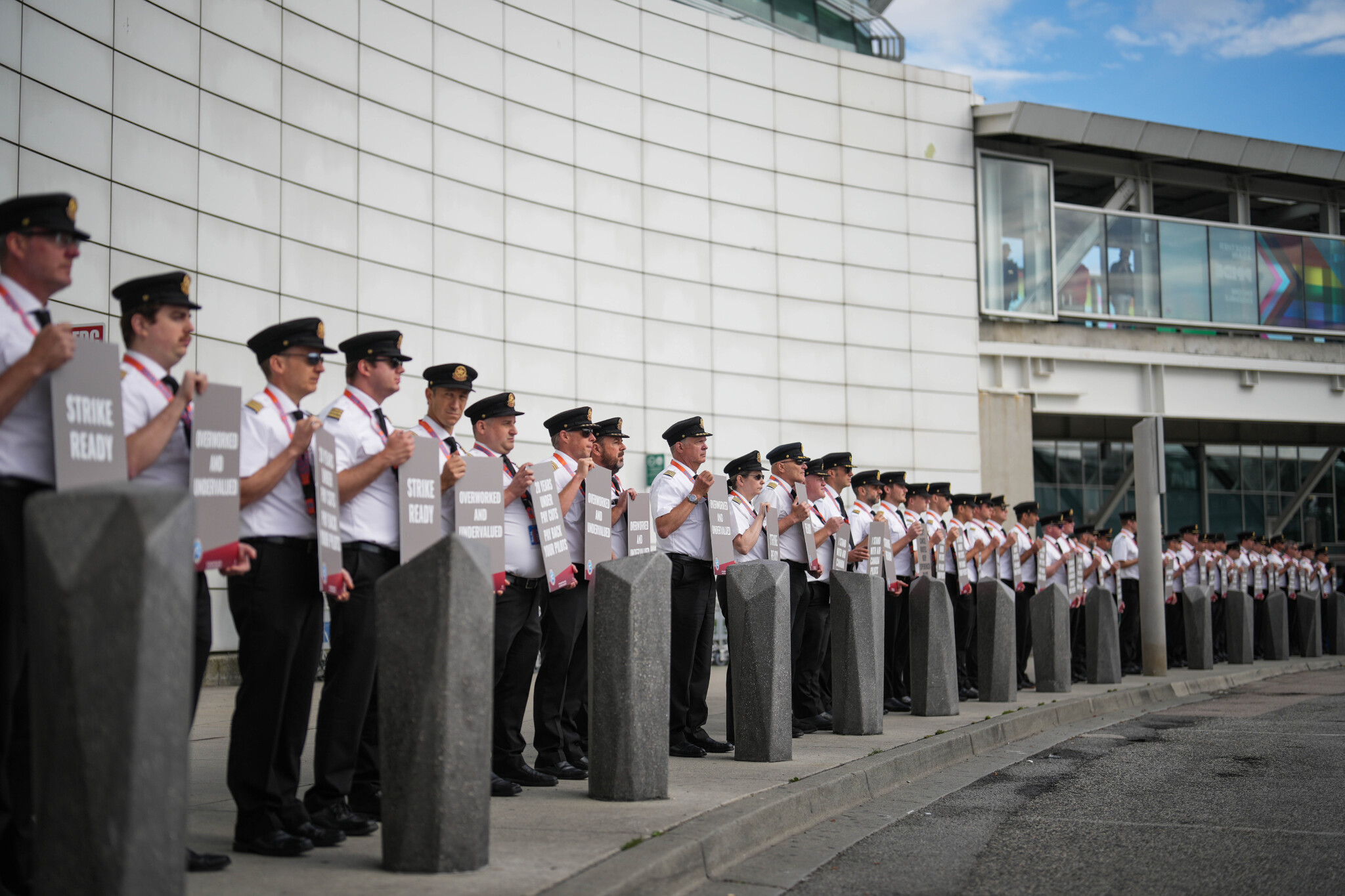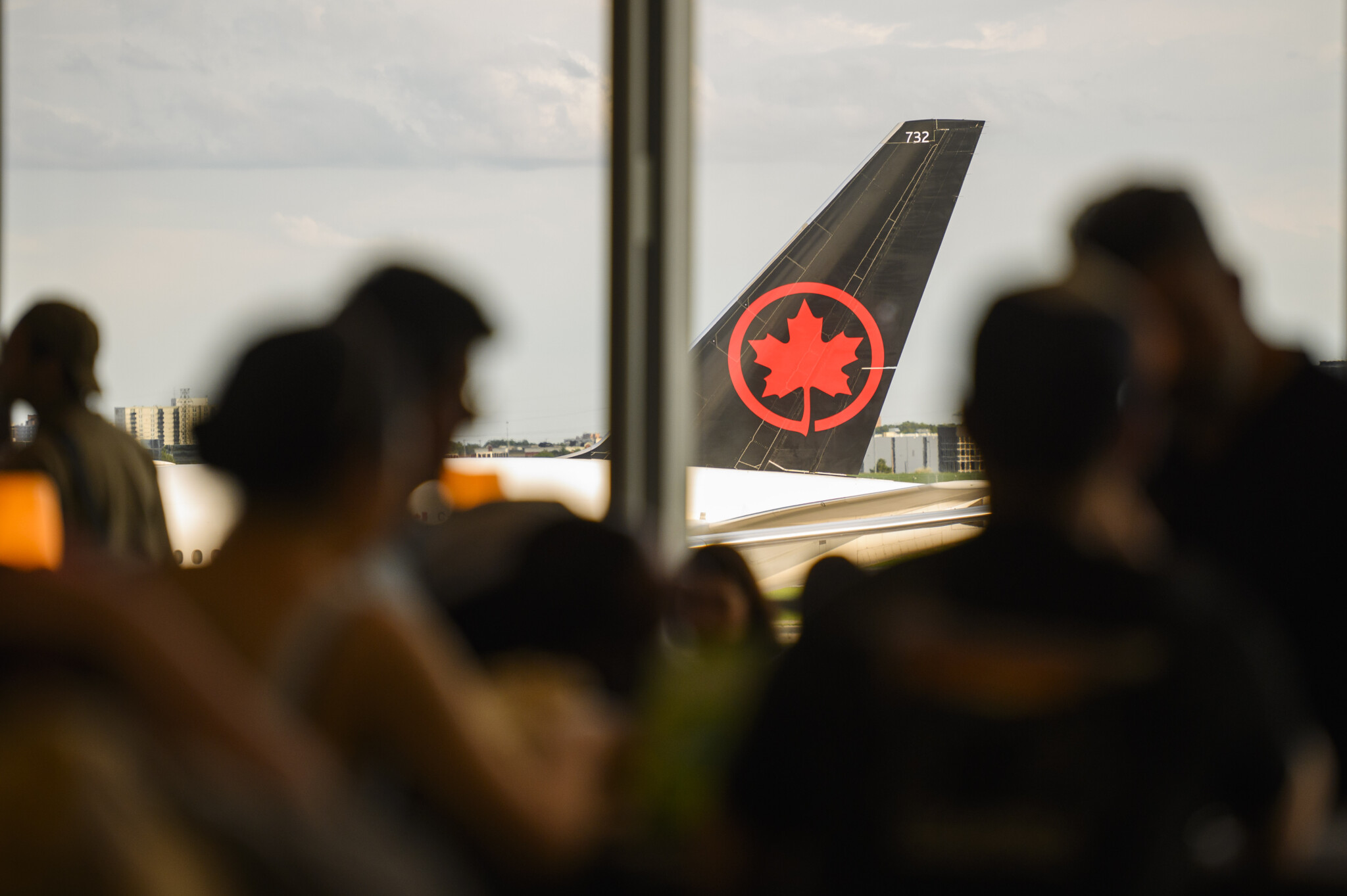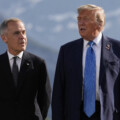Canadians should not be surprised that the federal government has attempted to legislate Air Canada’s striking flight attendants back to work.
What should surprise us is how Canada’s national politicians have enabled a number of protected and oligopolistic industries to effectively hold our entire economy hostage.
Fifteen years ago, I published empirical research (“Striking out”) on bills legislating striking workers back to work, passed by successive Parliaments, that shattered a persistent myth in Canadian politics. When the Harper government legislated striking Air Canada workers back to work, union leaders and commentators decried it as “unprecedented.” But this was nonsense. Many are old enough to remember the continual back-to-work legislation of the 1970s and 80s that sent striking postal workers, port workers, and railroad workers back to work.
At that time, I asked the superb researchers at the Library of Parliament to compile every instance of back-to-work legislation introduced in the Parliament of Canada since 1950. The results were stunning: 36 times from 1950 to 2015, striking workers were legislated back to work by both Liberal and Conservative governments. Who was the all-time champion? Pierre Trudeau’s Liberal government, which held power for 16 years and perfected this heavy-handed approach.
But the pattern that emerged was stunning: 34 of those 36 interventions targeted the transportation sector: the port of Montreal, the port of Vancouver, Pearson Airport, Air Canada, CN, CP Rail—if these unions went on strike, they were legislated back to work, regardless of which party held power.
When I updated this research last year, the number of government interventions ending strikes had increased to 44 times from 1950 to 2024.
However, it must be noted that the recent Trudeau government developed more sophisticated methods of intervention to avoid the political heat of parliamentary legislation by using other tools in the labour code. The Liberal government bypassed Parliament by issuing directives to the Canadian Industrial Relations Board (CIRB) to extend collective agreements or appoint arbitrators or mediators, which immediately ended strikes. This is a distinction without a difference in outcomes: the government intervention brought the strike to an end.
Geography and our economy
Why did the federal government intervene in labour strikes so frequently over the past two-thirds of a century, and why almost exclusively in the transportation sector? The late Canadian scholar, Harold Innis, understood that you cannot comprehend the evolution of Canada without understanding the centrality of transportation and communications.
Contrary to the view that Canada is very similar to Europe, in many respects, Canada is the polar opposite of Europe. There are multiple relatively small geographic nations in Europe with multiple transportation alternatives and multiple firms in railroads, airlines, intercity rail, trucking, and very high densities of 250 to over 500 people per square kilometre.
By contrast, Canada—the second largest country in the world—stretches across 5,514 kilometres east-west, with a density of four people per square kilometre. And only two or three firms in various transportation industries.
Consequently, Canada is utterly dependent on railroads, airports, airlines, ports, roads, and shipping. When any part of this system shuts down, the pressure from voters from coast to coast becomes more intense by the day to end the strike, due to these economic and logistical, and personal dependencies. These political pressures force governments to intervene to end strikes in the transportation sector.
But this pattern reveals a much deeper problem that threatens Canada’s economic future: the stranglehold of protected oligopolies across our economy.

Air Canada pilots hold signs during an informational picket at Vancouver International Airport in Richmond, B.C., on Tuesday, August 27, 2024. Darryl Dyck/The Canadian Press.
Oligopolies everywhere
Last fall, I testified before the House of Commons Standing Committee on Finance alongside the head of Canada’s Competition Bureau concerning concentration and competition. We were united in our concern about a crisis hiding in plain sight. According to a Fraser Institute study, approximately one-third of Canada’s economy operates under some form of legislated protectionism, including many interprovincial trade barriers, often allowing concentrated industries dominated by just two or three firms—in groceries, banking, telecommunications, and transportation.
This concentration and concomitant reduced competition have produced lower Canadian productivity relative to the U.S. Indeed, Carolyn Rogers, deputy governor of the Bank of Canada, made this argument in the now-famous 2024 speech, “Time to break the glass.” When competition is reduced through legislated protectionism, the remaining protected companies increase prices because they no longer need to innovate or aggressively compete. Adam Smith taught us this 250 years ago.This was further demonstrated by Joseph Schumpeter, who is the “philosopher king” of capitalism in my judgment, in Capitalism, Socialism and Democracy, in his identification of innovation to obtain a competitive edge as the secret sauce of capitalism.
Indeed, Nobel Prize economists have confirmed these insights repeatedly. Protected firms become complacent, stagnant and lazy, driving up costs which are passed on to consumers, while their productivity stagnates or declines.
The current trade negotiations with the U.S. illustrate this dysfunction. Canada is risking a trade deal with the U.S. as it is increasingly apparent that Canadian negotiators, following government instructions, refuse to negotiate the end of legislated protection for supply management, airlines, banking, and other protected sectors. Canada is jeopardizing our economic relationship with our largest trading partner to preserve oligopolies that have been exploiting Canadians for decades with higher prices.
The very language of “protectionism” is Orwellian and deceptive. Politicians like Premier Doug Ford claim they’re “protecting” these industries and, by extension, protecting Canadians. In fact, protectionism produces the opposite outcome. Governments legislate protectionism in some industries to enable these corporations and unions in these protected industries to exploit Canadian consumers and workers with higher prices. In actuality, protectionism is exploitation.
These protected companies do not need protection—they desperately need competition to force them to innovate instead of demanding subsidies from government. Instead, Canada created a system where a handful of firms can hold entire sectors hostage, knowing that when their workers strike, governments will intervene to restore their profitable operations.
The transportation strikes we are witnessing are not mere labour disputes—they are symptoms of a much larger disease. When two or three companies control critical infrastructure, any disruption becomes a national crisis requiring government intervention. This is not how healthy, competitive markets should operate.
Canada faces a choice. We can continue protecting oligopolies that exploit consumers and workers while our productivity falls further behind international competitors. Or we can embrace the competition that would unleash innovation, drive down prices, and restore Canada’s economic dynamism.
The solution is not more government intervention in labour disputes. It is the elimination of legislated protectionism in the concentrated industries that prohibit the entry of foreign firms that create these crises in the first place.
Until Canada ends these legislated oligopolies, the same predictable cycle will continue to be repeated: strikes, government intervention, and an economy that serves corporate interests rather than Canadian consumers.
This commentary draws on Ian Lee’s writing and a Hub podcast. It was edited using AI. Full program here.









